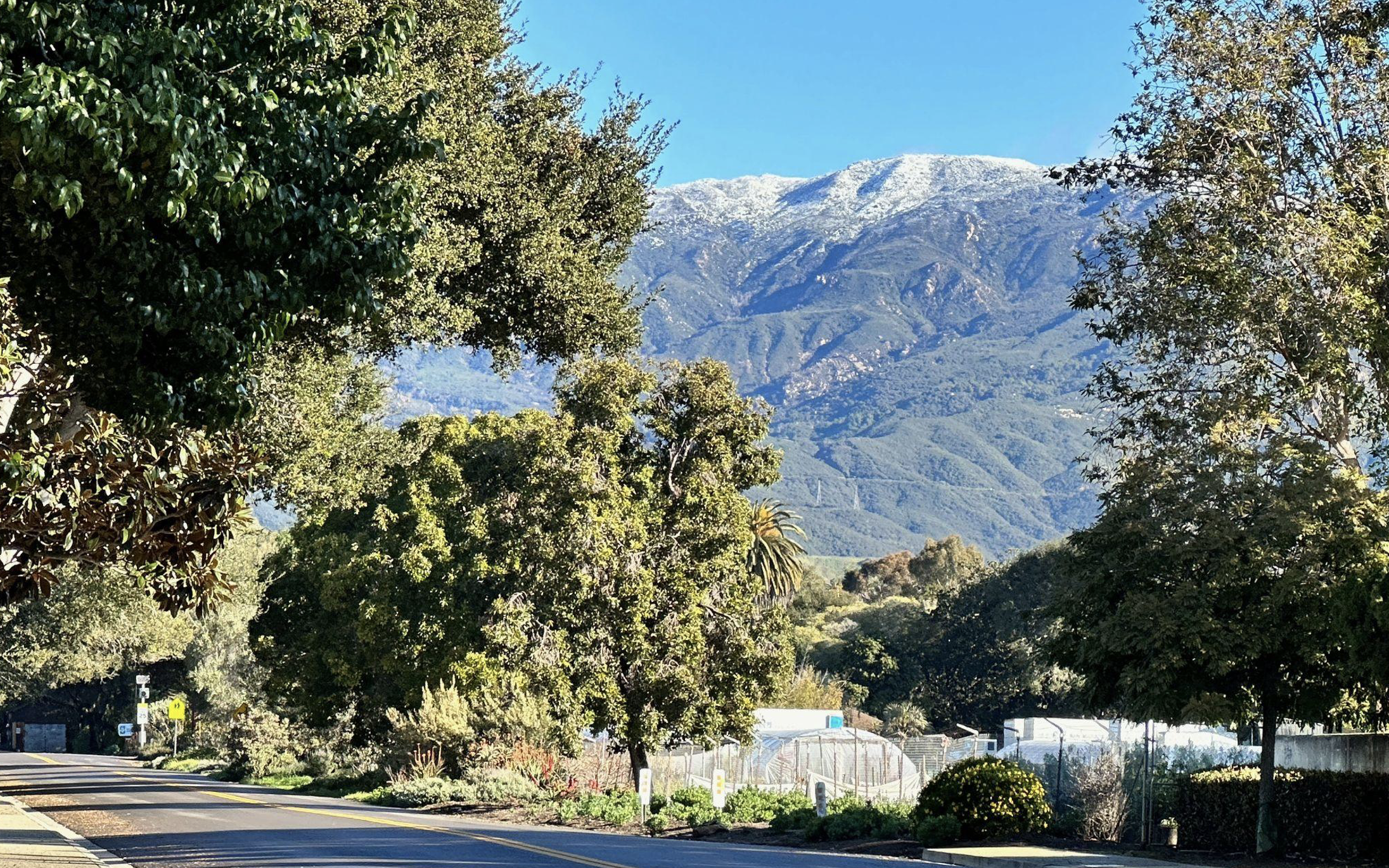May 3 Vote Could Be the Beginning of a Housing Crisis Turnaround
Finding a Balance Between State Mandates, Business Interests, and What the Community Needs

These headlines are more optimistic than realistic, but we have to keep the door open for new ideas and collaboration. We need to find a path for a “win/win” for South Coast affordability and livability. Unfortunately, with plans for twice as many units as the state requires for the unincorporated county (see chart below), we could get a “lose/lose” outcome on both fronts.
Affordable Housing Commitments Fall Short Across the South County
La Cumbre’s current housing plans which Nick Welsh refers to as the “the biggest, most game-changiest development to hit Santa Barbara” has only 675 units compared to a potential 4,500 units along a mile of Hollister Avenue that are part of the proposed county upzone sites being considered on May 3. There has been a lack of vision and planning for affordability in the high density areas of the City of Santa Barbara. Maybe we can get 100 or 200 low to moderate income units in the Paseo Nuevo area and increase affordable units at La Cumbre to 100 (15%). But the state wants the city to find locations for 5,000 units in those below-market-rate categories (with 8,000 units for all four income levels). With current programs I don’t see a path for more than half of those to get produced, which would mean a shortfall of 2,500 of the “new missing middle” units (low and moderate income households that do not require support services).
For the South County’s housing targets from the state (top row of chart below), the low- and moderate-income mandates are achievable, but only after rezoning many acres of “ag” land (zoned for agriculture) and overproducing market rate units. The second row assumes that the County Planning Commission recommendations are followed which allow upzones for all candidates except Giorgi and McCloskey/Lelande. The third row assumes all 18 sites in South County will be upzoned and the bottom row are the totals for the area around San Marcos Growers which has three builder’s remedy projects (San Marcos Ranch, Montessori, and Tatum).

The Case for Giorgi Upzone and San Marcos Ranch Density Reduction
Giorgi has a completed SB330 application and Builder’s Remedy, so that team should be able to develop most of what they proposed without an upzone. I believe the County Planning Commission left it off their list because of complaints from the City of Goleta. But if we consider overall needs of the South County, I think Giorgi should be upzoned. When you use realistic production numbers for low and moderate units for Glen Annie and Caird, you need Giorgi to fulfill the State (RHNA) mandates. Other benefits for adding Giorgi include the ability to have a bigger park, a more realistic parking plan and an effective variety of units that no other developments have, such as live work units, and 3- and 4-bedroom apartments with elevators.
Contrast those plans with the larger parcel of San Marcos Ranch that plans 746 one and two bedrooms for above moderate incomes in three-story buildings without elevators and with only 1 to 1.5 parking spaces per unit. San Marcos Ranch also doesn’t have much planned for amenities that would be open to the public like all of the other large projects and they asked for an open space reduction (to which they are entitled). The Hollister/San Marcos neighbors would like to see the density reduced from 30/40 to 20/25 units per acre which is more in line with the other large projects.
Who Will Live in the Future Neighborhoods?
I hope the primary question Supervisors ask is “Will these developments provide the housing we need?” Besides the lack of workforce housing for low and moderate incomes that don’t need subsidies, I also don’t see places for families who need more than 2 bedrooms, below market rate rents and have more than one car. Finally, we need to find ways to give our local renters housing security, ideally with opportunities for ownership so I am glad that is being explored.
The upcoming Upzone hearing is a good time to share thoughts about the next steps, especially if you are a renter who might need a new neighborhood. I am hopeful that community leaders will work with future and existing residents, business leaders and philanthropists, to set up a County Affordable Housing Trust Fund and perhaps a program for non-profits and small business employees that mirrors the master lease and consortium programs the Chamber is working on. Utilizing County land, limited equity cooperatives and community land trusts are also worth exploring.
You can watch or participate virtually at the May 3 County Hearing by following this link.
Linda Honikman is the cofounder of Future Housing Communities, FutureHousingSB@gmail.com.

You must be logged in to post a comment.